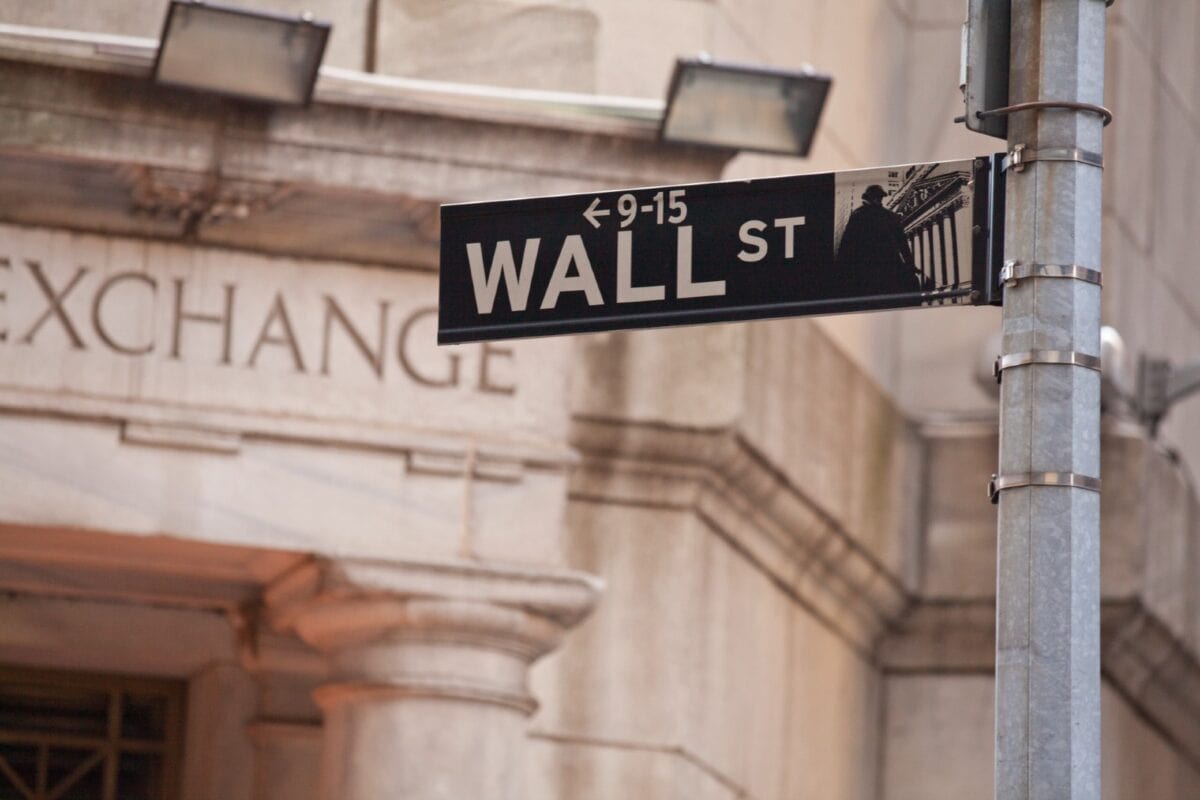Image source: Getty Images
2024 has been another stunning year for the S&P 500 as the index of top US stocks has grown 28.33% year to date. Over 12 months, it’s up 33.27%. The US has been the place to be for years, driven by the outrageous performance of the tech mega-caps.
Happily, I haven’t missed out. I’ve tracked its fortunes via my holding in Vanguard S&P 500 UCITS ETF and the L&G Global Technology Index Fund, which is three-quarters invested Stateside.
The rest of my portfolio is made up of individual UK stocks, mostly FTSE 100 shares, including consumer goods giant Unilever (LSE: ULVR).
Should I buy even more US exposure?
Unilever has had a bumpy few years. Its commitment to making its brands “purpose-led”, say, by associating Hellmann’s mayonnaise with broader social objectives, was attacked as a distraction from core business fundamentals.
Fundsmith’s Terry Smith and other shareholders also criticised Unilever for poor communication with long-term investors, while the board’s failed £50bn bid to acquire GSK’s consumer health division attracted further derision. Unilever profits and share price slumped, as it trailed rivals like Nestlé and L’Oréal.
And that’s why I bought it. The share price took a beating under CEO Alan Jope but I felt it was due a refresh under new boss Hein Schumacher, appointed in October 2022. I bought its shares in June 2023, and again in May and June this year.
After the inevitable share price slump after I parted with my money (sod’s law strikes again!) Unilever shares rallied. They’re up 22.75% over the last year, although personally I’m up just 10.91%.
Unilever can still deliver the goods
Lately, they’ve plateaued. That’s despite Unilever posting a 4.5% jump in Q3 underlying sales on 24 October, underpinned by its big 30 ‘power brands’. Volumes grew for the fourth quarter in a row. The results were solid but not exactly spectacular.
As a big packaged goods company, it could be hit by Donald Trump’s threatened tariffs. North America contributes a fifth of Unilever’s turnover and is one of its top three strategic priority markets, along with India and China.
At the same time, the S&P 500 is riding high, having breached the 6,000 mark. The US stock market is hard to resist. Yet it may also have been overbought, with a hefty price-to-earnings ratio of 31.16 times. That said, the S&P 500 has been called expensive for years, and that hasn’t held it back.
Unilever is relatively pricey for a FTSE 100 stock, trading at 21.69 times earnings. That compares to 15.51 for the index. The trailing yield is 3.18%, slightly below the FTSE 100 average but higher than the S&P 500’s meagre 1.19%.
I bought Unilever because it was out of favour and felt that gave it recovery potential. So it seems wrong to sell without giving it time to deliver, while chasing the S&P 500 higher. Next year could be stickier than many think for US shares, as inflation may stay uncomfortably high. So I’ll stand by my Unilever shares rather than further increase my exposure to US shares.
Credit: Source link














